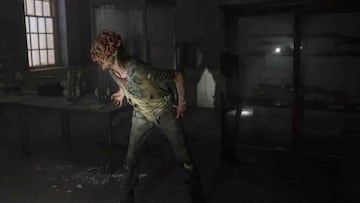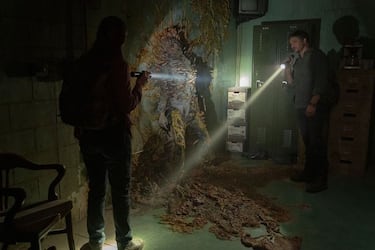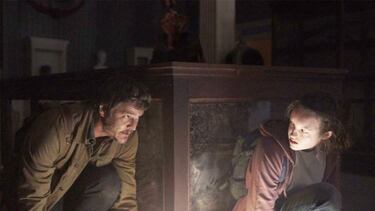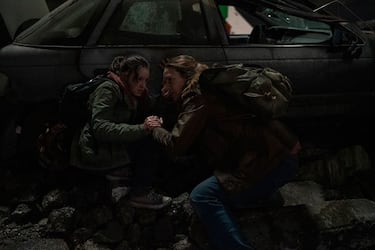The Last of Us: Creators Talk About the Infection and How They Adapted It to the Series
Druckmann and Mazin talk to us about how they see a possible fungal infection as in real life and what it was like to bring the monsters to the series.

One of the key aspects that set The Last of Us apart from other zombie stories at the time of its release on PlayStation 3 was its approach to the undead. As opposed to something paranormal or a failed experiment or whatever the origin might have been, Naughty Dog went for something more grounded in reality. Using the idea of cordyceps, we were presented with a terrifying post-apocalyptic world where the idea of spores and zombies lived in the nightmares of many.
The premiere of The Last of Us Episode 2 on HBO gave us our first glimpse of the franchise's most iconic infected, the Clickers; infected people who have lost their natural sight over the years and now use echolocation to locate their prey thanks to their signature clicks. Along with this, some of the first changes made to the video game in terms of the way the infected and the fungi interact, as well as the spores of the past, are changed by other completely different elements.
Neil Druckmann, director of the original game and producer of the series, and Craig Mazin, producer and writer, talk about how this fungus was ideal for The Last of Us and how they translated the infected into the HBO series.

The true fear of Cordyceps
Cordyceps is a real thing that we know was adapted for the game to bring this apocalyptic world and the creatures that inhabit it to life. While we know that this fungus is not (yet) capable of infecting humans, both Neil Druckmann and Craig Mazin see something in these fungi that is " beautiful and terrifying at the same time," but also "a growing threat to our species.
"I think the World Health Organisation just called out fungal infection in humans as an increasing threat to our species," Mazin said. "We have been messing around with fungus for as long as we’ve been around. We are realizing that fungus can be deadly and the very things we fiddle about with to expand our minds are very powerful neurotoxins and psychoactive drugs that can take over lesser organisms completely, and there’s no reason to think that this couldn’t happen in higher organisms as well. We know from watching movies that there’s a zombie virus but we’re not doing a virus.”

"When we were first developing the game we asked ourselves if we should even have the infected; should we just have the disease?" Druckmann said. "But we decided to lean into it and we had a good way of grounding it in science with cordyceps, which are fungal infections that do take over an organism’s brain. These exist in nature and are beautiful and horrifying at the same time. When we first met we talked about the things we wanted to keep the same. Whenever we can make things more grounded, as we did with the game, we should take that opportunity. In the game, it is closer to the genre tropes of bites and spores. We lost spores because if that was how it was transmitted then the characters would wear gasmasks all the time and we wouldn’t see their faces. Then with the bites, we landed on this idea of the tendrils that would come out. They have a beauty and creepiness to them. You can see them travel under the skin and it felt so icky and disgusting that we had to do it.”
The detail of the special effects
On the other hand, we know that this kind of detail is thanks to the magic of special effects, and it is worth mentioning that what we have seen so far looks very close to what we knew in the game. The work of the special effects department was not only to take what was already in the game but also to create new aspects, such as the aforementioned tendrils.
"We did have an overlap was bringing in a lot of the concept artists who worked on establishing the look of the game with 2D art to help with the environments and how the cordyceps was growing," Druckmman commented. "That has a very specific look and that’s where we could leverage the expertise that Naughty Dog had. Also, for some of the character design, and designs for the infected, we brought some of the same people from the game to the show. "

Related stories
"With fungi you have mycelium, these very thin threads, and I’m a big believer that you should do the things that only your show can do," said Mazin. "So that became very exciting, working on that with our prosthetics team and our VFX team before we even rolled a frame of footage, pre-visualising what that would look like. Where we ended up is terrifying because it feels incredibly viable and real.”
The Last of Us is currently airing new episodes every week on HBO, stay tuned for the release schedule of each of these episodes, as well as their running times.